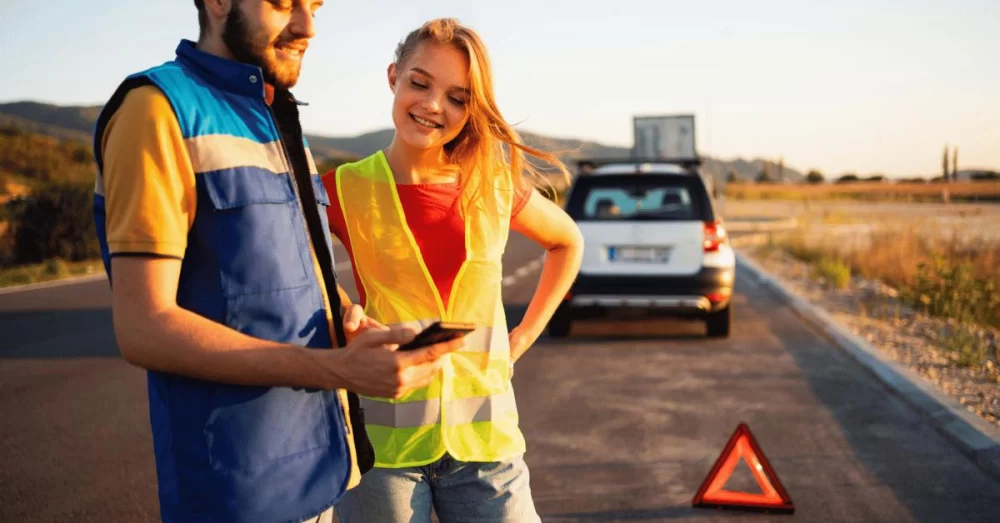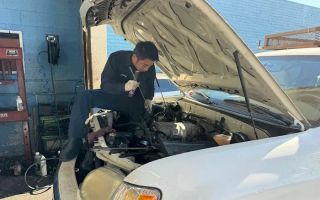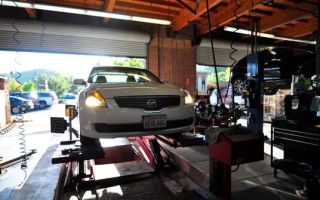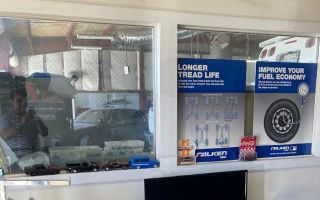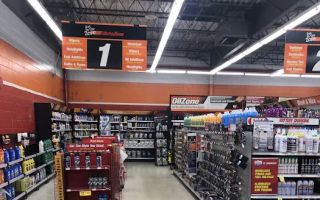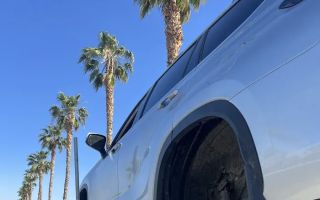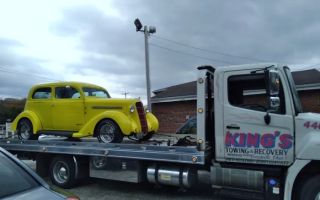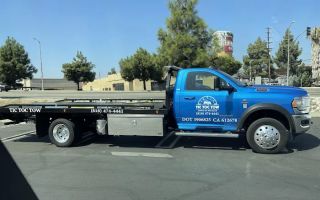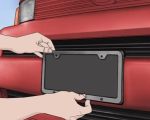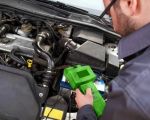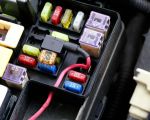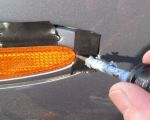Stay Safe on the Road with These Roadside Assistance Tips
Understanding Roadside Assistance: What It Means for Your Safety
When you're driving, the last thing you expect is for your car to break down. But it's always a possibility. In such cases, roadside assistance is crucial in ensuring that you stay safe and get back on the road as quickly as possible. Whether it's a flat tire, engine failure, or running out of gas, having a clear understanding of what to do in a roadside emergency can make a big difference. Many roadside assistance programs offer a range of services such as towing, tire changes, fuel delivery, jump-starts, and lock-out assistance. However, knowing how to stay safe while waiting for help can prevent further accidents or injuries.1. Stay Calm and Assess the Situation
The first thing to do when you find yourself stranded is to remain calm. Panicking will only make the situation worse. Pull over to the shoulder as quickly as possible if you're driving on the highway or a busy road. This reduces the risk of getting hit by passing vehicles. Once you’ve safely stopped, assess the situation. If you're able to, check whether it’s something simple like a flat tire or a mechanical issue that can be easily fixed. If you’re not sure what the issue is, it’s best to call a professional. Don’t attempt to fix complex issues on your own unless you have the expertise.2. Make Yourself Visible to Other Drivers
Visibility is a key factor in roadside safety. In the event of a breakdown, you’ll want to ensure that other drivers can see you to avoid accidents. Use your hazard lights to alert other drivers. If you're stranded at night or in low visibility conditions, keep your headlights on, and if you have them, place road flares or reflective warning triangles a safe distance behind your vehicle. Remember that most accidents happen because drivers fail to see disabled vehicles on the road. So, making sure your car is visible to oncoming traffic could be a life-saving step.3. Call for Roadside Assistance or Towing Service
Once you've ensured your safety, it’s time to call for help. Roadside assistance programs can quickly dispatch a tow truck or a mechanic to your location. Many modern vehicles come with a built-in emergency assistance system, such as OnStar or similar services, which can automatically detect when your car has broken down and contact help on your behalf. In some cases, it may be easier to contact your insurance provider if you have roadside assistance coverage. Be prepared with the necessary details such as your location, the nature of the problem, and the make/model of your vehicle.4. Protect Yourself While Waiting for Help
While you wait for help to arrive, make sure to take necessary precautions. If you're on a busy highway, it’s best to stay inside your vehicle until the tow truck arrives. This is particularly true if you're unable to move your car far off the road. Exiting the vehicle and standing outside increases your risk of getting injured by passing traffic. If you must leave your car, be aware of your surroundings and stay as far away from the road as possible. In some cases, drivers may attempt to help you, but it's important to assess whether that help is truly safe. Always prioritize your personal safety.5. When to Call for a Tow Truck
Sometimes, roadside assistance can’t fix your car on the spot. In these cases, calling for a tow truck is the best option. Tow truck drivers are trained to safely transport your vehicle to the nearest repair shop or your preferred destination. It's important to know when to call for a tow. You should call for a tow truck if your car cannot be started, if you’ve been involved in an accident, or if your vehicle has a serious mechanical issue that requires professional attention. Additionally, if you're stranded in a dangerous location (e.g., on a busy freeway or in a remote area), towing services can help you relocate to a safer spot.6. Real-Life Example: A Lesson in Roadside Assistance
Consider the story of Emily, a driver who experienced a breakdown on a remote country road late one evening. She had no roadside assistance coverage and didn’t know what to do. She decided to try and change the tire herself. Unfortunately, she didn't have the necessary tools and ended up injuring herself. Luckily, a passerby saw her struggle and helped her. However, it could have been much worse. This situation highlights the importance of being prepared. Emily learned the hard way that having a reliable roadside assistance plan, proper knowledge, and safety precautions could have avoided the whole incident.7. Keep a Roadside Emergency Kit in Your Car
One of the best ways to prepare for any roadside emergency is to keep a well-stocked emergency kit in your car. Essential items to include are: A first aid kit A flashlight with extra batteries Jumper cables A tire repair kit and jack Flares or warning triangles Non-perishable snacks and water A basic toolkit (screwdrivers, pliers, etc.) Having these items on hand can make a world of difference in an emergency situation.8. Know Your Roadside Assistance Provider
Not all roadside assistance providers are created equal. It’s important to do your research and choose a provider with a good reputation and a range of services that suit your needs. For example, Rescue & Towing offers reliable and fast towing services, fuel delivery, flat tire changes, and more. Knowing what’s included in your plan and how to contact your provider when you need help can save you time and stress. Always have their contact details saved in your phone or written down in case of emergency.9. Avoid Roadside Scams
While most roadside assistance providers are legitimate, there are some who prey on vulnerable drivers. Scammers may pose as towing companies or emergency mechanics, offering services that sound too good to be true. Always verify the identity of anyone who approaches you offering assistance. Stick to your trusted roadside assistance service to avoid falling victim to these scams.10. Preparing for Future Roadside Emergencies
Prevention is always better than dealing with an emergency. Regular car maintenance, like checking tire pressure, oil levels, and ensuring your vehicle is in top condition, can help prevent many roadside breakdowns. Always be proactive about car care and replace worn-out parts before they fail. If you don’t already have a roadside assistance service, now is the time to consider one. Emergency situations are unpredictable, but with the right preparation, you can handle anything that comes your way.For reliable and efficient towing services or to find the best roadside assistance companies, visit Rescue & Towing to get expert recommendations and advice on the best service options for you.

